The Killark HFC 0595 O2 Gas Sensor Detector Diffusion Transmitter is a type of gas detection equipment used primarily for monitoring and detecting oxygen (O2) levels in industrial or hazardous environments. It plays an essential role in ensuring the safety of workers by detecting potential hazards related to oxygen deficiency or excess.
Here are some key features and specifications typically associated with such devices:
Key Features:
-
Oxygen Detection: This sensor is designed to detect oxygen (O2) concentration levels in the air. It is critical in environments where oxygen levels might fluctuate, such as confined spaces, industrial facilities, or hazardous locations.
-
Diffusion Sensing: The diffusion transmitter works based on a principle where gases naturally diffuse through a membrane to the sensor. There’s no need for active pumping or aspiration, making the device simpler to maintain.
-
Transmitter Functionality: The unit can not only detect O2 levels but also transmit real-time data to control panels, alarm systems, or other monitoring devices. This can allow for quick response if oxygen levels fall below or rise above safe limits.
-
Safety Alerts: If O2 levels are outside a safe range (either too low or too high), the sensor can trigger alarms to notify personnel of a potential safety hazard.
-
Explosion-Proof or Hazardous Area Certification: Typically, sensors like the Killark HFC 0595 are designed to meet stringent standards for use in hazardous or explosive environments, such as those defined by UL (Underwriters Laboratories) and other regulatory bodies.
-
Rugged Design: Killark equipment is known for its robust and durable design, making it suitable for challenging industrial environments, including chemical plants, refineries, and other areas where gases are present.
-
Maintenance and Calibration: Regular calibration is necessary to ensure accurate readings. The design may allow for easy recalibration and maintenance, keeping the sensor’s performance optimal.
Specifications (General for Similar Models):
- Measurement Range: The oxygen sensor may typically detect concentrations from 0 to 25% O2, with higher sensitivities around 0-25%.
- Response Time: The response time for detecting changes in gas concentration is usually fast, often within seconds.
- Output: It likely has both analog and digital output options to interface with monitoring or control systems.
- Power Supply: Usually operates on 24V DC, commonly used for industrial gas detectors.
Applications:
- Confined Space Monitoring: It’s crucial for detecting oxygen deficiency in confined spaces, such as tanks, pipelines, and tunnels.
- Industrial Safety: Used in industries where oxygen levels need to be monitored continuously, such as chemical plants, manufacturing facilities, and oil & gas operations.
- HVAC Systems: In some cases, it may be used to monitor the oxygen levels in ventilation systems.

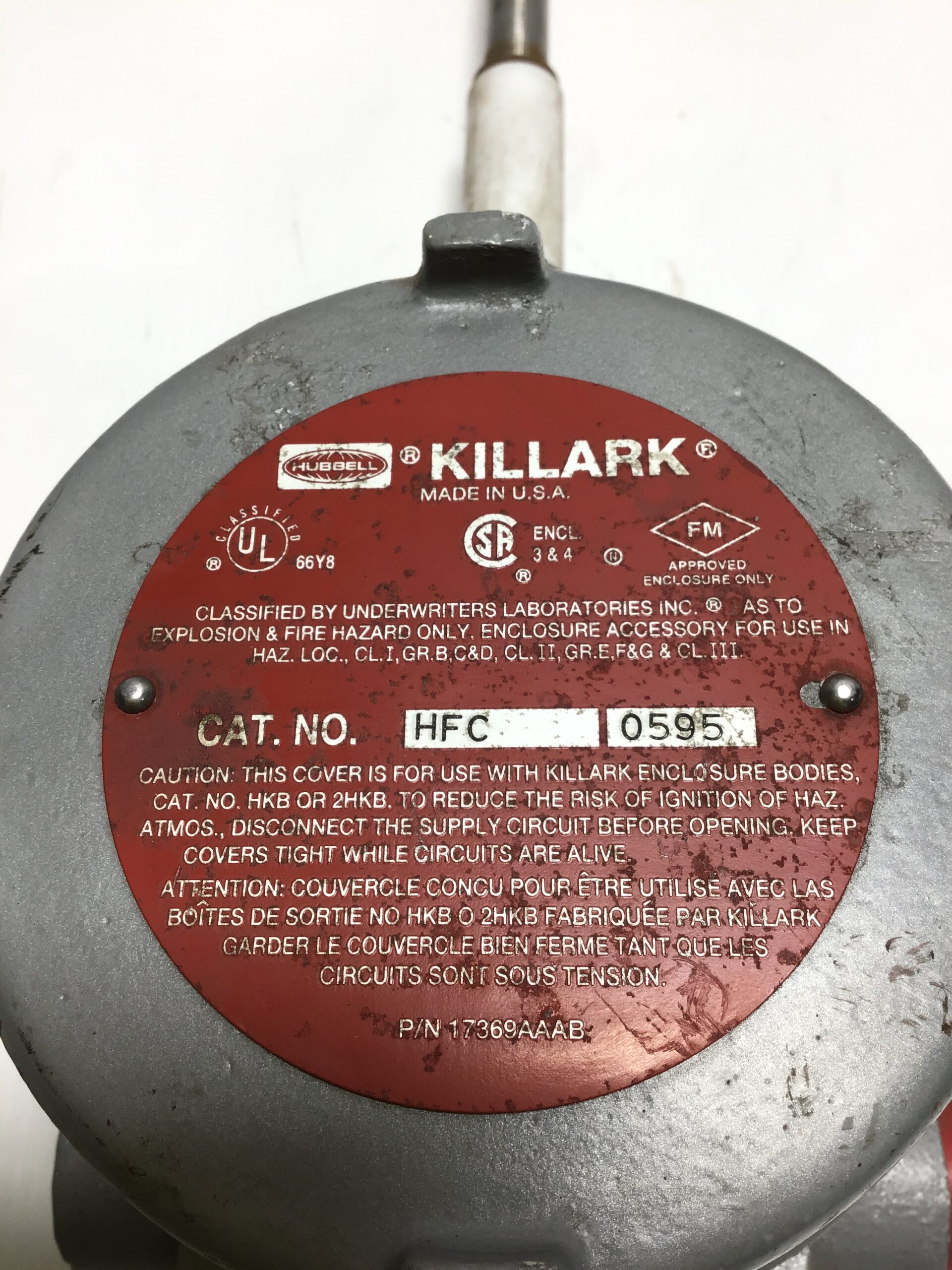
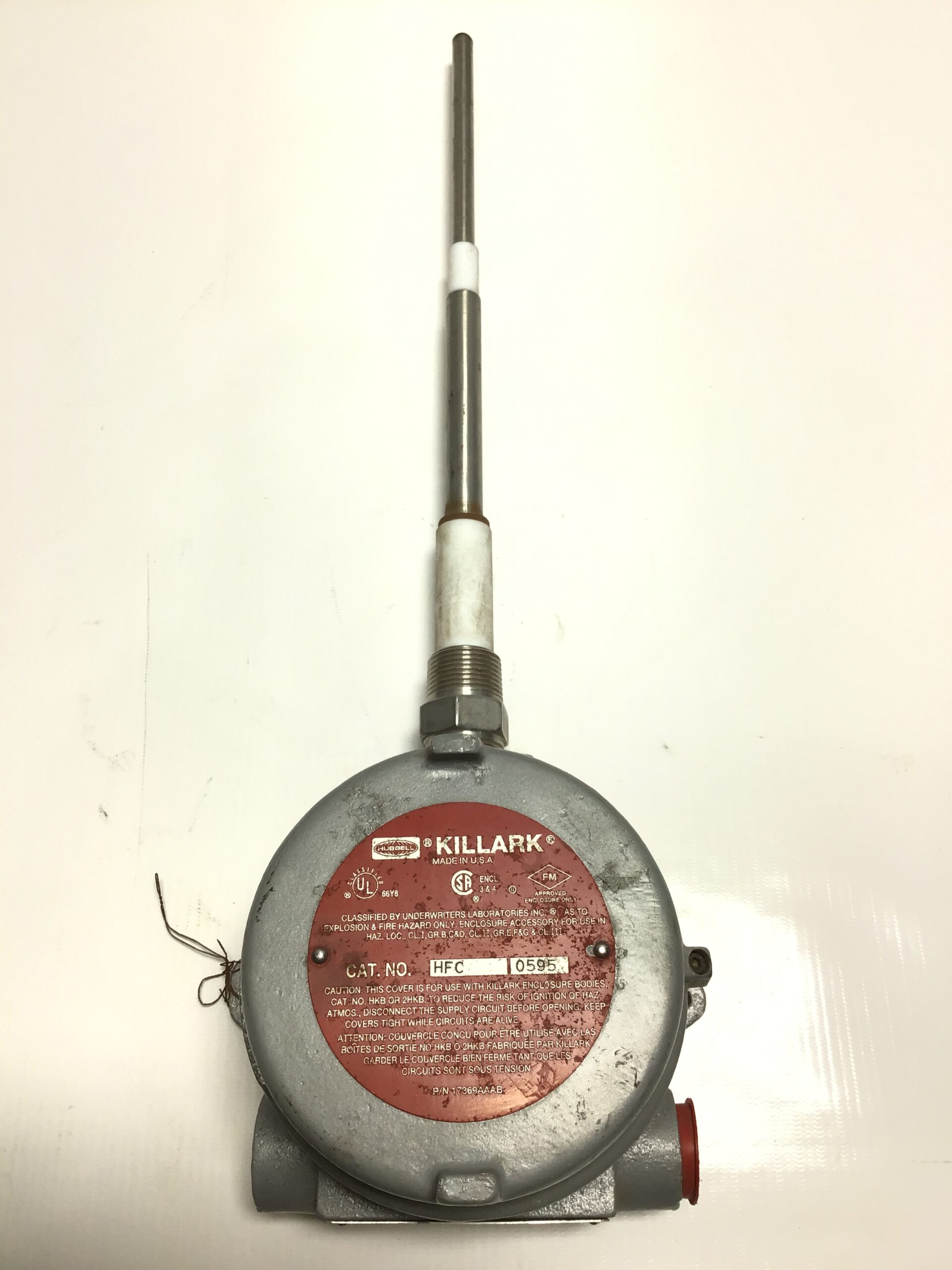
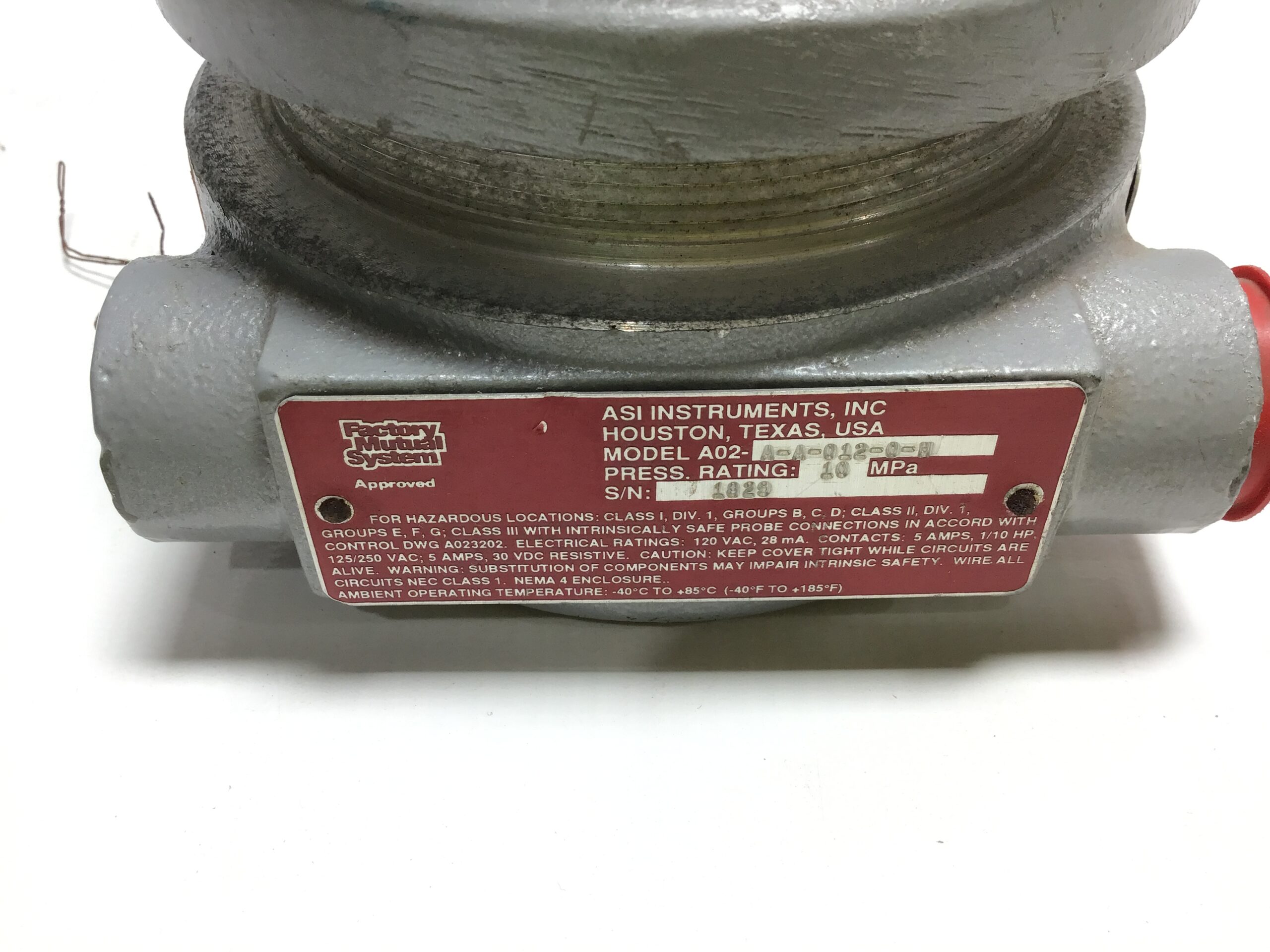
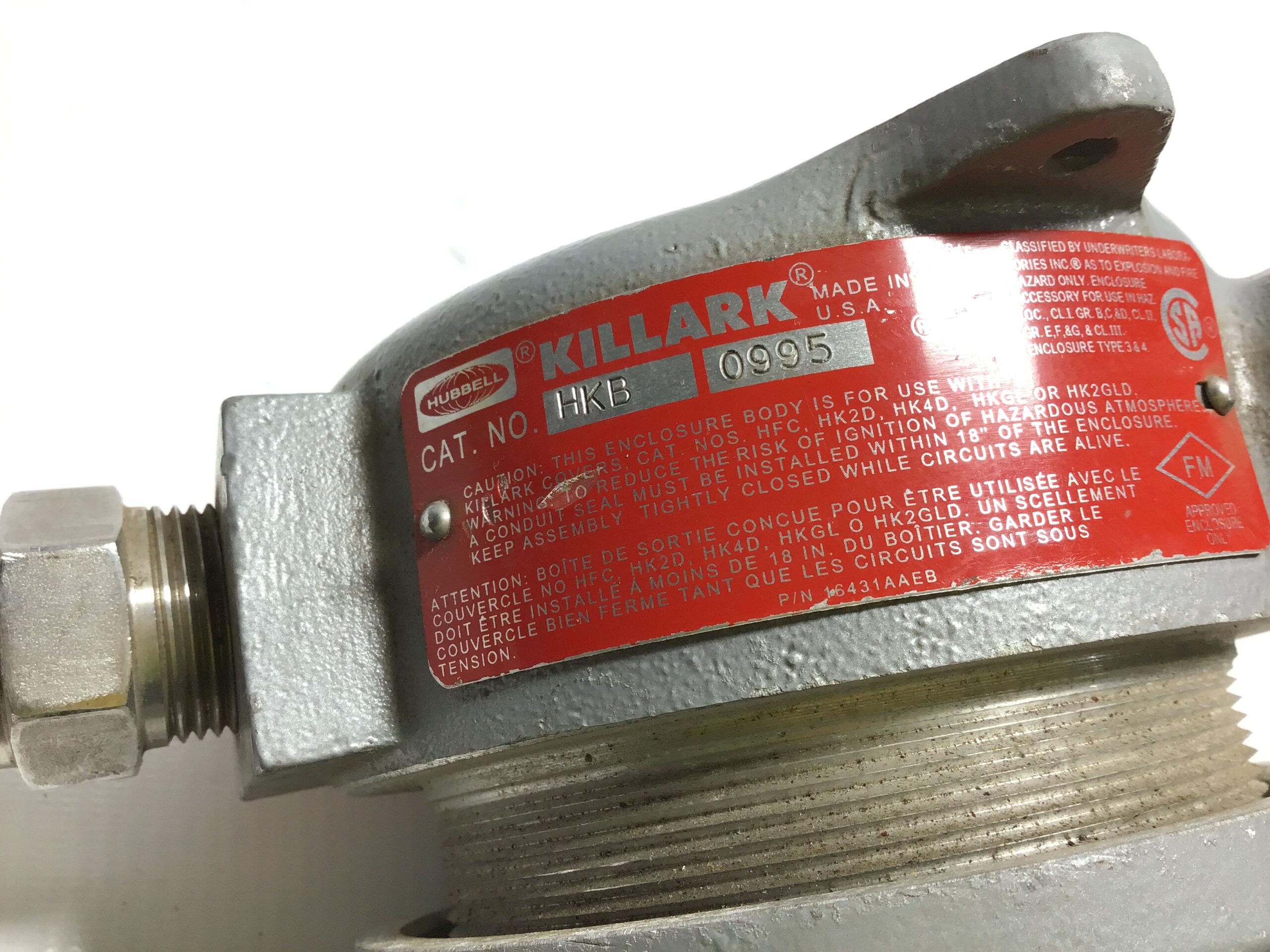

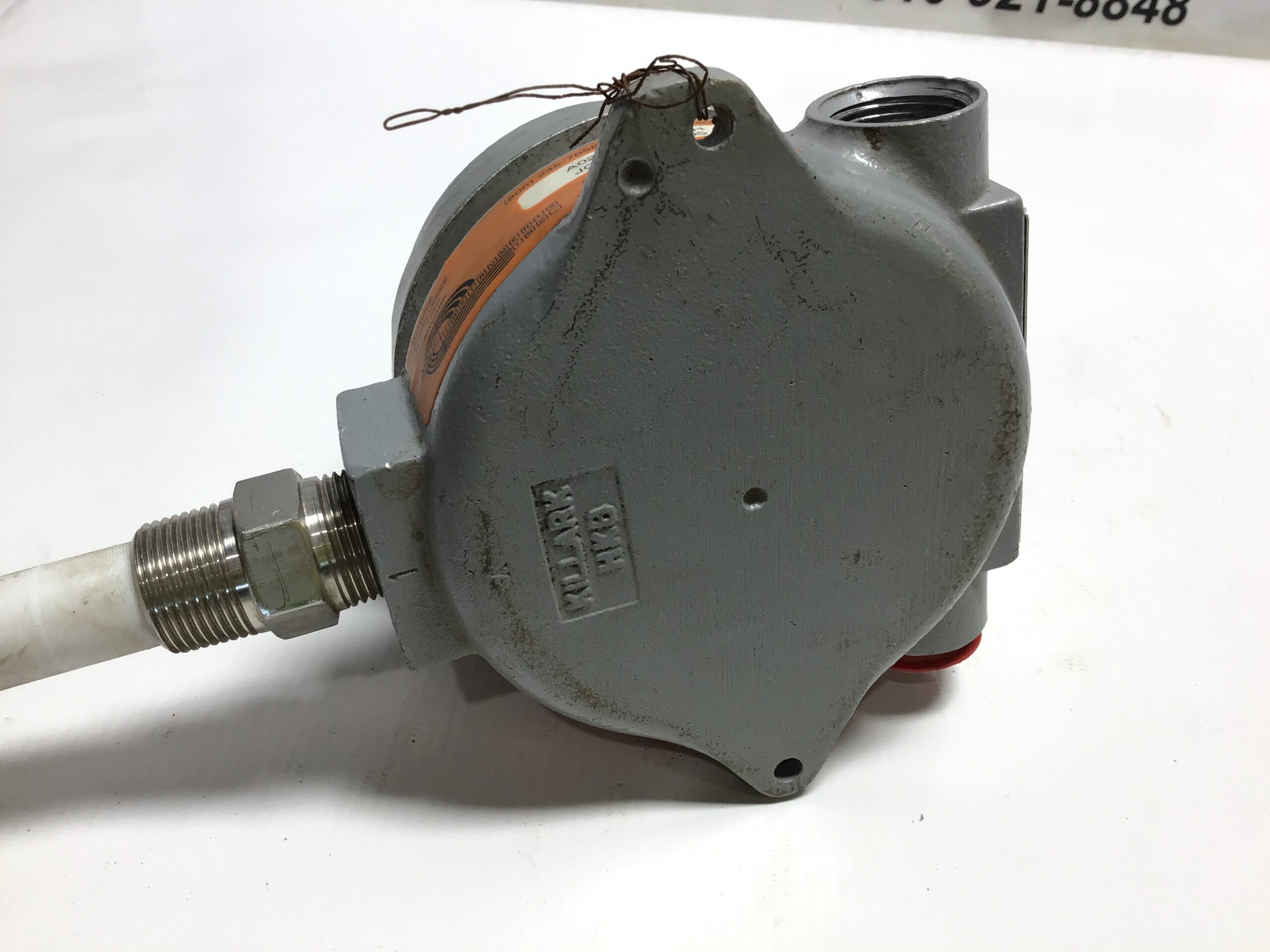
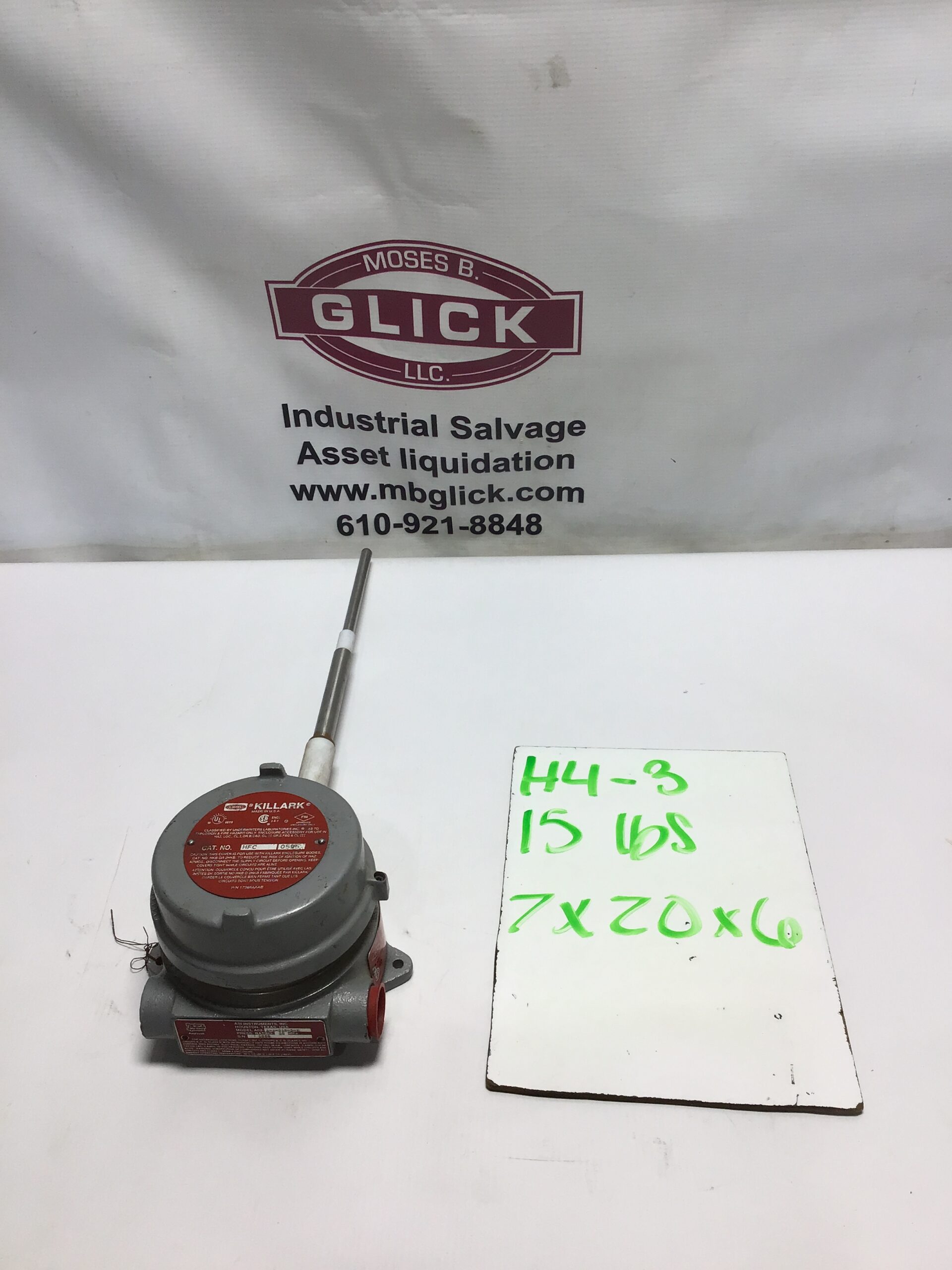
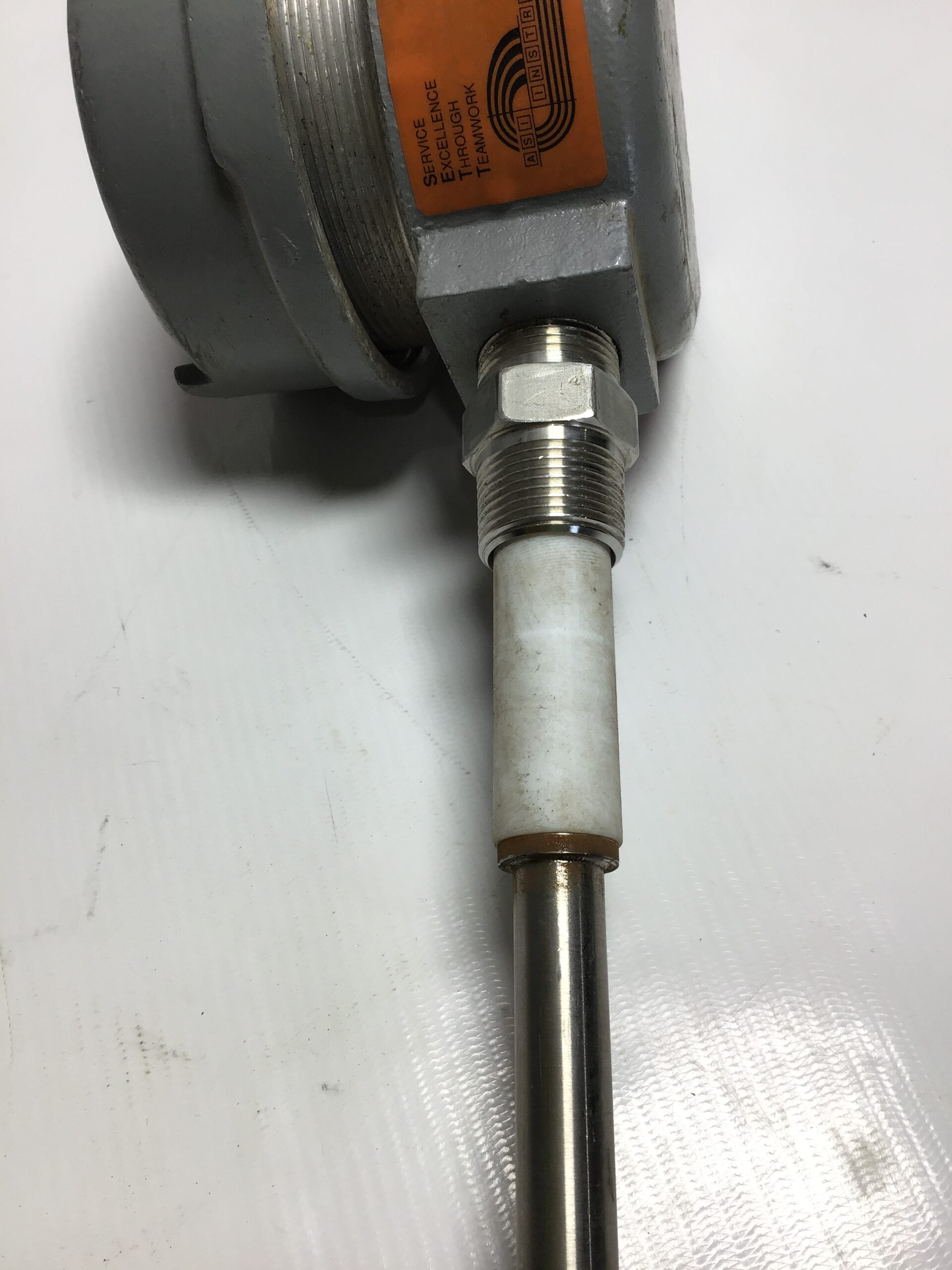

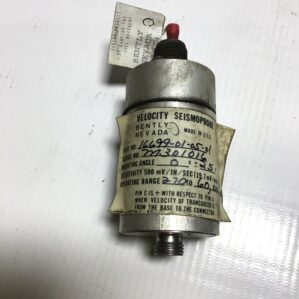
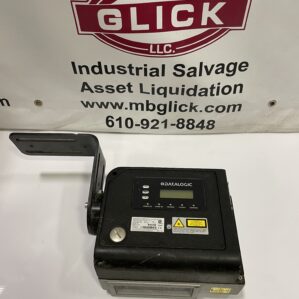
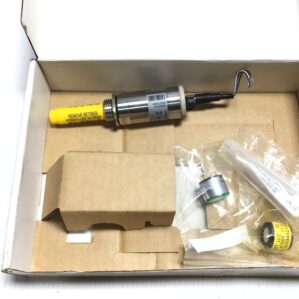
Reviews
There are no reviews yet.